Sommaire
The Importance of Multichannel Social Media Analysis. The Case of OVHCloud
When the accidental and technical crisis of OVHCloud appeared in my news feed, I felt a strong urge to reopen my analysis notebook to see what was happening with this purely technical crisis. I wanted to compare channels to grasp the complexity of the case. Fundamentally, while the weak community structure of crises like this hasn’t changed, we can say that the evolution of some social networks, with LinkedIn leading the way, brings interesting elements to crisis management on social media.

Propagation on Social Media
The propagation is “de-communitized” and very structured in its relational network. The crisis on Twitter follows a typical pattern, with “firework” hubs and no cohesive community (everything is disjointed), indicating that the crisis lacks ideological anchoring.
This is despite the fact that the communities involved are clear and well-defined. We observe logical communities: a network and OVH community, a media community grouping together the press, a digital community with specialists and digital consultants, and finally a digital sovereignty community that finds it “strange” that there was a fire coinciding with a stock market listing, particularly given OVH is a French champion.
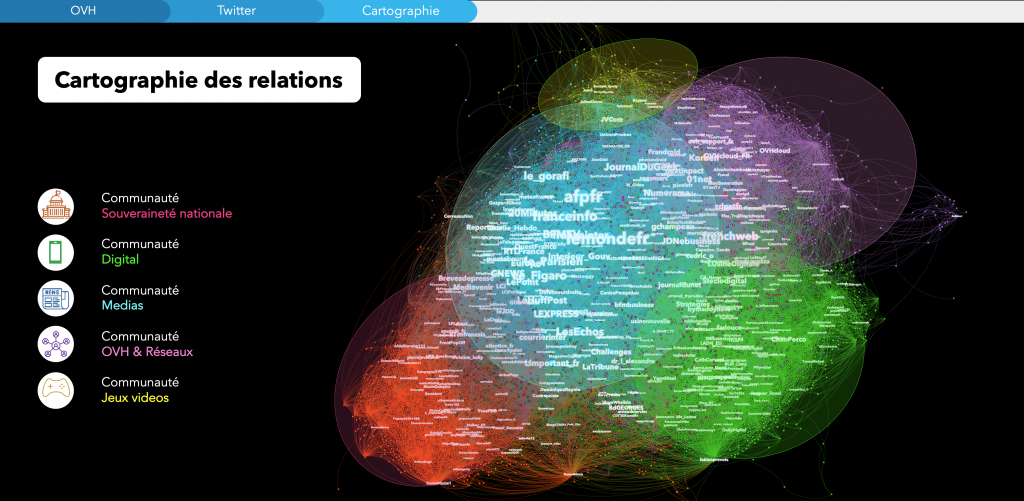
On LinkedIn, the observations are more or less the same regarding propagation.
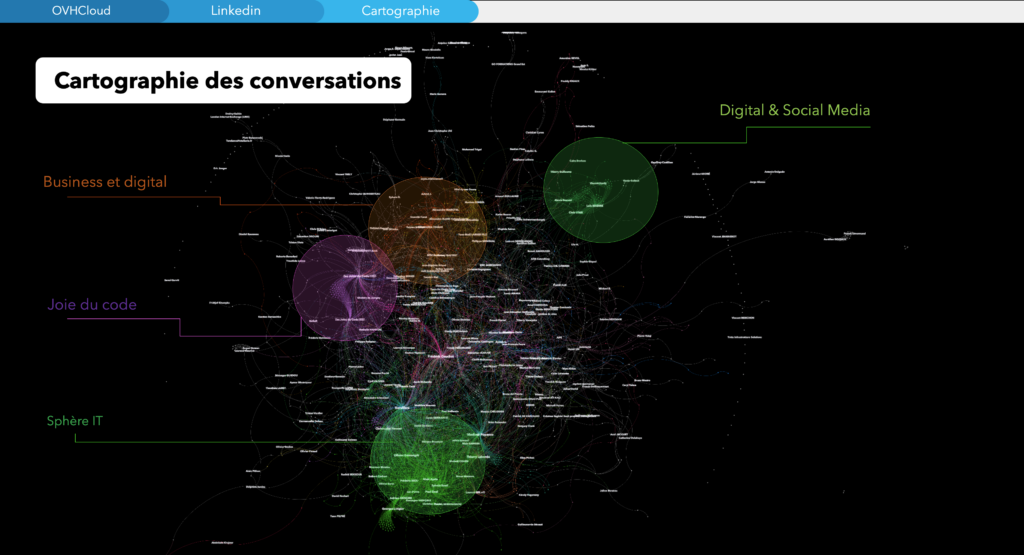
Overall, the crisis is disorganized and highlights the difficulty for OVH in managing multiple unique stakeholders with diverse communication needs.
The importance of multichannel analysis
What the crisis analysis shows most clearly is how different stakeholders can be across networks.

Each network has its importance, and we can see that Facebook mobilizes the most people, followed by LinkedIn and Twitter. However, the stakeholders involved differ.

- Twitter: activists/politicians, gamers, and media
- Facebook: general media, affected customers
- LinkedIn: a very corporate audience, including sales managers, IT consultants, and CEOs
Zooming in a bit on LinkedIn, we can see the importance of the network.


We realize that the audience on LinkedIn is very premium, with large companies that are also affected by the crisis. Yet, overall, OVH’s crisis communication strategy on LinkedIn is minimal, including in terms of employer branding, with only one post from an employee gathering 193 likes from employees (you might say they had other things to worry about than posting on LinkedIn, which is true).
Octave Klaba’s posts successfully humanized the crisis while positioning him as a leader. However, they weren’t considered in the study because they didn’t include the keywords OVH/OVHCloud, which highlights the need to anchor the message with a hashtag or other markers for information searches.
Finally, the posts sometimes roughly replicate the text from Twitter.

What are the challenges for OVH’s crisis communication?
Overall, I see four challenges that they have had or will have to manage:
1. Ensure business continuity
- Restore operations for themselves and their clients.
- Manage or communicate about backups. The fact that backups were on the same site as the servers has been heavily criticized.
- Suppress mentions of competitors who are gaining customers.
2. Communicate about the incident investigation, with three points highlighted:
- OVH uses standard water sprinklers.
- The site's floors were wooden.
- The general eco-friendly nature of the site may have facilitated the fire's spread.
3. Maintain positioning in sovereign cloud
- Reassure financial circles before the stock market listing.
- Position themselves as a strong European hosting solution despite the events.
4. Manage rumors
- Coincidence with the stock market listing.
- False mention of the site being classified as Seveso (high-risk industrial site).
In these crisis communication challenges, OVH has been largely helped by its good reputation. Twitter has been a bit more critical, especially regarding backup management with the servers being on the same site. LinkedIn, on the other hand, has been full of very positive messages, and Facebook has served as a platform for media management and impacted clients.

So far, crisis communication has been well-handled, with effective communication led by the company’s CEO. Few companies have complained about the communication strategy, except for occasional confusion about which server is located where. The business continuity plan has been communicated. Now, it’s just a matter of implementing everything that has been communicated! A complex, rapid, and interesting crisis management, especially when the crisis communication doesn’t create a "paracrisis" that diverts teams and resources away from restoring operations.



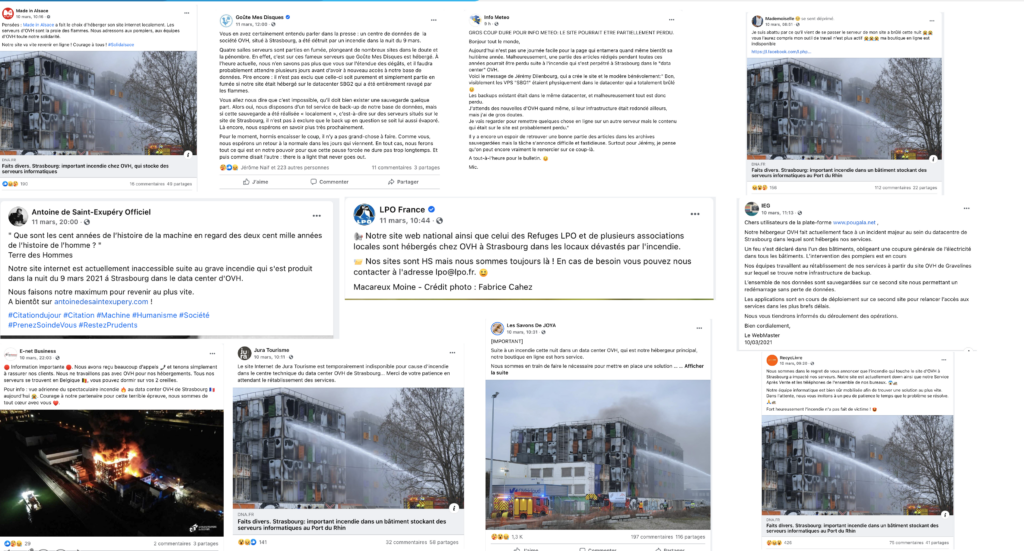
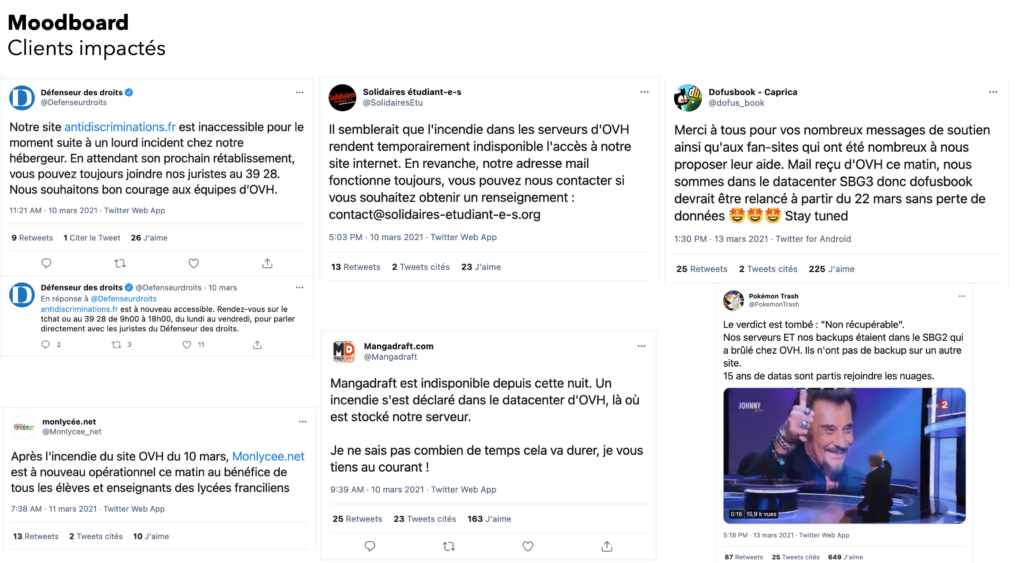
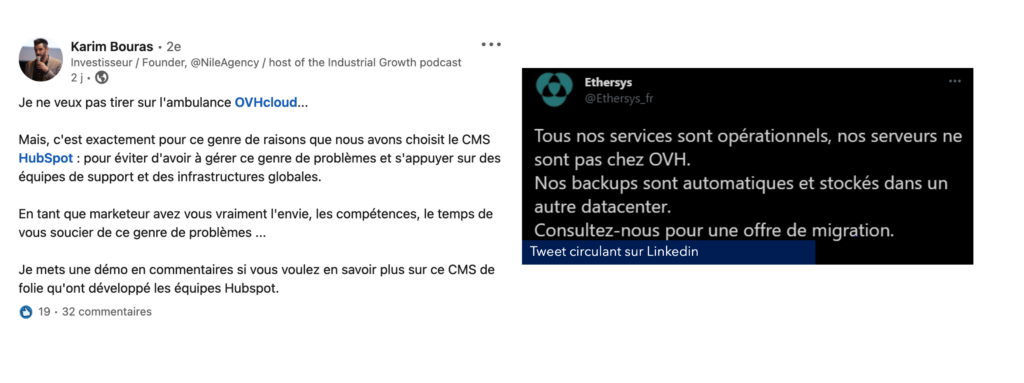
Photo credit: Shutterstock



